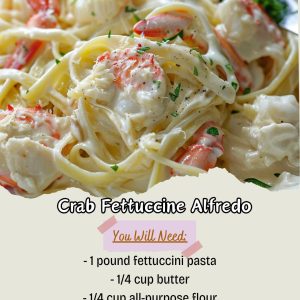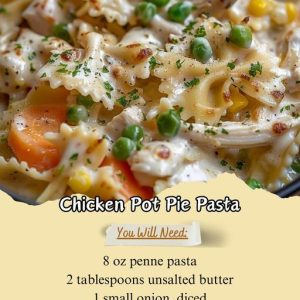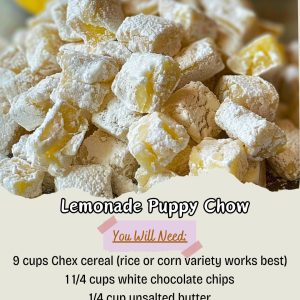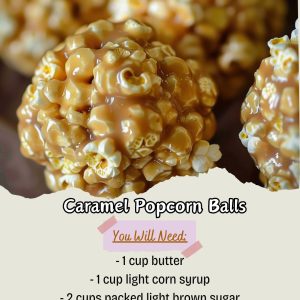
Ingredients:
1 (14-ounce) can sweetened condensed milk
1 1/2 cups water
1/3 cup biscuit baking mix (e.g., Bisquick)
3 eggs
1/4 cup butter, softened
1 1/2 tsp vanilla extract
1 cup flaked coconut
Directions:
Preheat your oven to 350 degrees F (175 degrees C).
Blend the base: In a blender, combine sweetened condensed milk, water, biscuit mix, eggs, butter, and vanilla extract. Blend on high speed for 3 minutes until smooth.
Prepare the pie: Pour the mixture into a greased 10-inch pie plate. Let stand for 5 minutes.
Add coconut: Sprinkle the flaked coconut evenly over the top.
Bake: Place the pie in the oven and bake for 35 to 40 minutes or until a knife inserted near the edge comes out clean.
Cool and serve: Allow to cool slightly, then serve warm or cooled. Refrigerate any leftovers.
FAQs:
Why did my coconut cream pie not set up?
First, it’s possible that your custard did not thicken enough. Before adding it to your pie shell, check to make sure your custard is not watery. It should be about the consistency of your average pudding. Second, it’s much more likely that the layers weren’t totally cooled before you assembled.
Why is my coconut custard pie watery?
Undercooked Filling: If the cornstarch-thickened filling hasn’t been cooked long enough to reach a boil and then simmered for a few minutes, it may not set properly, leading to weeping as it cools.
What is the difference between a custard and a cream filling in a pie?
In North America, “custard pie” commonly refers to a plain mixture of milk, eggs, sugar, salt, vanilla extract and sometimes nutmeg combined with a pie crust. It is distinctly different from a cream pie, which contains cooked custard poured into a cooled, precooked crust.
How do you keep coconut cream pie from getting soggy?
Blind Bake
The most common way to ward off a soggy pie crust is by a process called blind baking. Blind baking means you pre-bake the crust (sometimes covered with parchment or foil and weighed down with pie weights to prevent the crust from bubbling up) so that it sets and crisps up before you add any wet filling.
Why is my coconut cream pie weeping?
As it turns out, undercooking and overcooking can both cause weeping meringue and unwanted moisture on top of your pie (aka beading).





